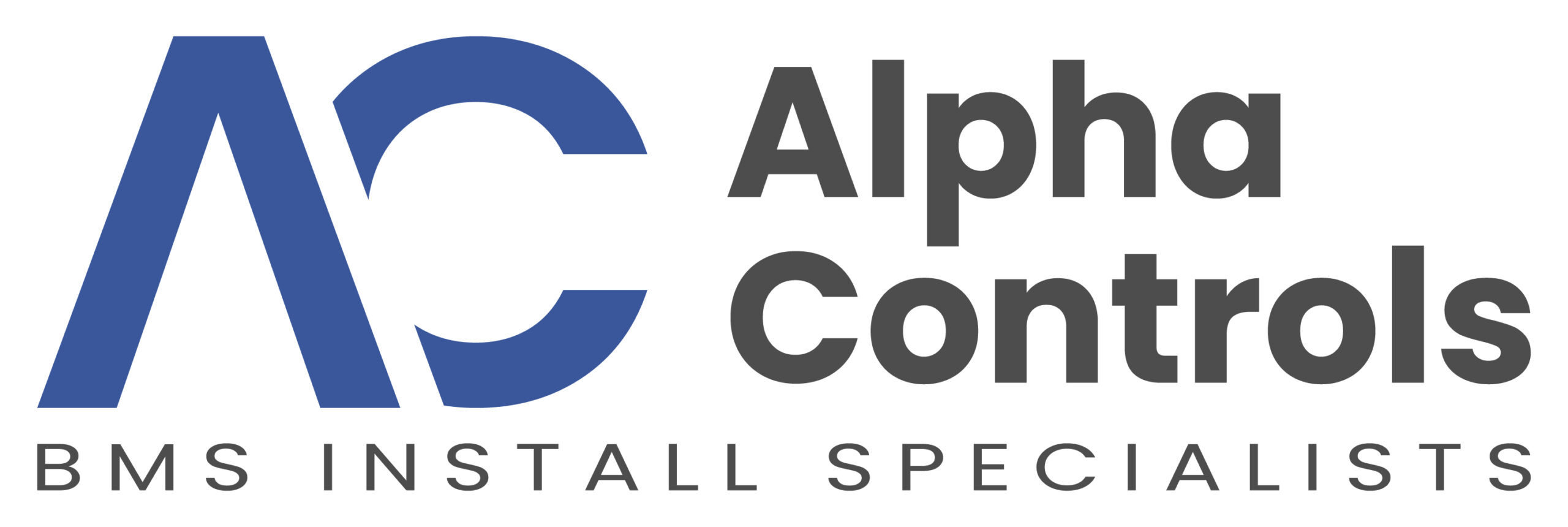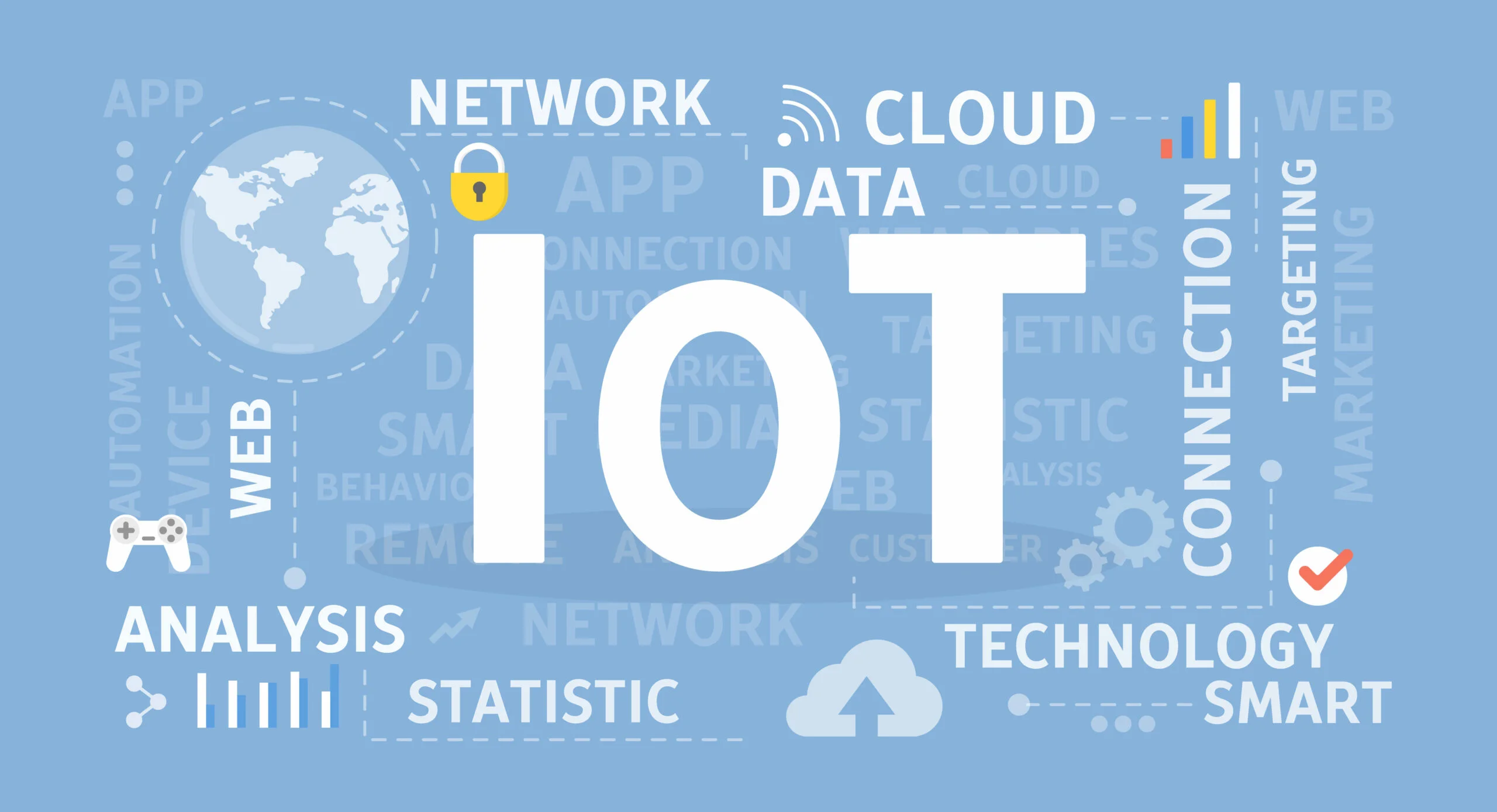By Alpha Controls LDN
In today’s fast-paced and eco-conscious world, the demand for energy-efficient commercial buildings has never been higher. A Building Management System (BMS) is central to achieving energy efficiency, offering streamlined control over lighting, HVAC, and other systems. But like all technologies, BMS solutions are constantly evolving.
This article explores the latest trends in BMS technology that are driving energy efficiency, helping facility managers and project stakeholders stay ahead of the curve.
Table of Contents
- Why Energy Efficiency Matters in BMS Technology
- Trend 1: IoT Integration for Real-Time Insights
- Trend 2: AI and Machine Learning for Predictive Energy Management
- Trend 3: Cloud-Based Systems for Enhanced Accessibility
- Trend 4: Advanced Energy Analytics and Reporting
- Trend 5: Smart Grid Integration
- Trend 6: Adaptive and Self-Learning Systems
- How These Trends Improve Energy Efficiency
- Conclusion
Why Energy Efficiency Matters in BMS Technology
Energy efficiency isn’t just about cutting costs—it’s about sustainability, regulatory compliance, and reducing environmental impact. The commercial sector consumes nearly 40% of global energy, and inefficient systems are a primary culprit. A modern BMS can drastically reduce energy consumption while maintaining occupant comfort, making it a cornerstone of green building initiatives.
Trend 1: IoT Integration for Real-Time Insights
What It Is
The Internet of Things (IoT) involves connecting devices and sensors to collect and share real-time data. In BMS, IoT-enabled systems monitor everything from room temperature to energy consumption patterns.
How It Enhances Energy Efficiency
- Provides real-time data on energy usage.
- Identifies inefficiencies and anomalies instantly.
- Enables granular control of systems, such as adjusting lighting based on occupancy.
Example
A smart thermostat integrated with an IoT BMS can detect when a conference room is empty and automatically lower the HVAC output, saving energy.
Trend 2: AI and Machine Learning for Predictive Energy Management
What It Is
Artificial Intelligence (AI) and Machine Learning (ML) allow BMS to predict energy needs based on historical data, weather conditions, and occupancy patterns.
How It Enhances Energy Efficiency
- Automates energy-saving actions by learning building usage patterns.
- Detects potential equipment failures before they occur, reducing downtime and energy waste.
- Optimizes energy usage dynamically based on real-time data.
Example
An AI-driven BMS might predict increased cooling needs on a hot afternoon and pre-condition the building in the most energy-efficient way.
Trend 3: Cloud-Based Systems for Enhanced Accessibility
What It Is
Cloud-based BMS solutions store data online, enabling remote monitoring and control from any device with an internet connection.
How It Enhances Energy Efficiency
- Facilitates remote adjustments to systems, reducing the need for on-site staff.
- Provides access to updates and analytics in real-time, enabling proactive management.
- Reduces infrastructure costs and energy associated with on-premise servers.
Example
A facility manager can monitor and adjust the building’s energy systems from a smartphone while offsite, ensuring efficiency 24/7.
Trend 4: Advanced Energy Analytics and Reporting
What It Is
Modern BMS systems feature advanced analytics tools that collect and interpret data, offering detailed insights into energy consumption.
How It Enhances Energy Efficiency
- Breaks down energy usage by system, floor, or room, identifying high-consumption areas.
- Provides actionable insights for reducing energy waste.
- Complies with regulations by automating energy reporting and audits.
Example
Energy dashboards can pinpoint a department’s unusually high energy usage and recommend actionable changes, such as replacing outdated equipment.
Trend 5: Smart Grid Integration
What It Is
Smart grid technology allows buildings to communicate with the broader energy grid, optimizing energy consumption based on grid demand and pricing.
How It Enhances Energy Efficiency
- Reduces energy usage during peak demand periods by enabling demand-response actions.
- Leverages renewable energy sources like solar or wind during off-peak times.
- Supports energy storage systems, balancing energy supply and demand.
Example
A BMS integrated with the smart grid can shift energy-intensive operations to off-peak hours when electricity costs are lower.
Trend 6: Adaptive and Self-Learning Systems
What It Is
Adaptive BMS systems learn and adjust to building-specific needs over time, becoming more efficient without manual intervention.
How It Enhances Energy Efficiency
- Responds dynamically to changes in occupancy, weather, and building operations.
- Continuously improves performance with minimal human input.
- Reduces waste by shutting down unused systems automatically.
Example
An adaptive lighting system might gradually dim lights in areas with sufficient natural light, reducing energy usage without sacrificing comfort.
How These Trends Improve Energy Efficiency
Together, these trends enable buildings to:
- Optimize Resources: Using predictive analytics and IoT, resources like energy and water are used only where and when needed.
- Lower Carbon Footprint: Smarter, connected systems reduce overall energy consumption, contributing to global sustainability goals.
- Increase ROI: Reduced energy costs mean quicker payback periods for green investments.
- Future-Proof Operations: Adaptive systems ensure the building remains efficient as technology evolves.
Conclusion
The latest trends in BMS technology are revolutionizing how commercial buildings approach energy efficiency. From IoT integration to adaptive systems, these innovations make it easier than ever to reduce energy consumption and lower costs while maintaining occupant comfort.
For building managers, staying informed about these trends isn’t just a good idea—it’s essential for staying competitive in a market that prioritizes sustainability. By adopting these cutting-edge technologies, you can turn your facility into a model of energy efficiency and operational excellence.
Energy efficiency isn’t just about cutting costs—it’s about sustainability, regulatory compliance, and reducing environmental impact. The commercial sector consumes nearly 40% of global energy, and inefficient systems are a primary culprit. A modern BMS can drastically reduce energy consumption while maintaining occupant comfort, making it a cornerstone of green building initiatives.


0 responses to “The Latest Trends in BMS Technology for Energy Efficiency”